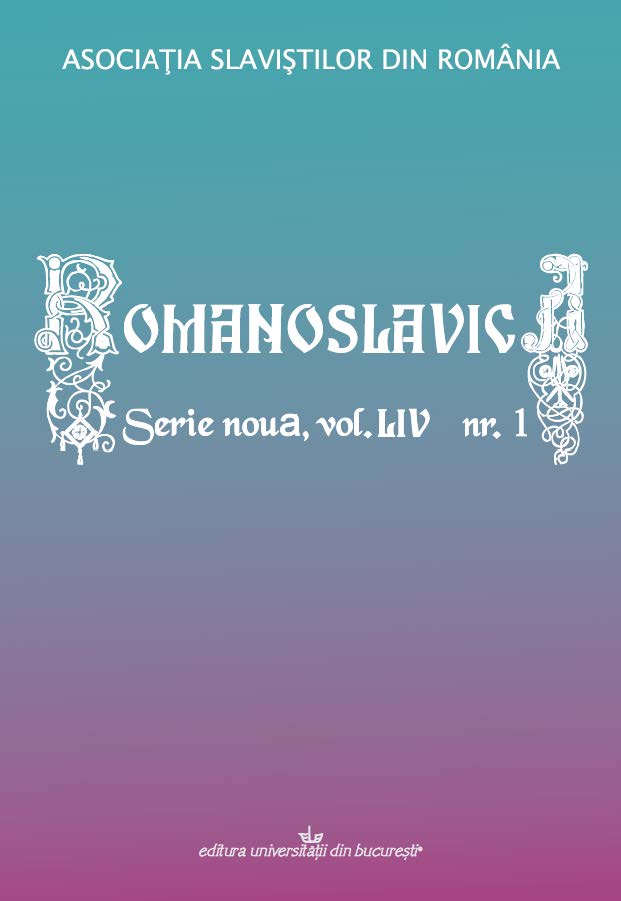Working with Old Church Slavonic texts: the simple way from non- standard encoding to unicode encoding
Working with Old Church Slavonic texts: the simple way from non- standard encoding to unicode encoding
Author(s): Sorin PaligaSubject(s): Historical Linguistics, Computational linguistics, Philology
Published by: Editura Universităţii din Bucureşti
Keywords: OCS texts; OCS characters; encoding problems;
Summary/Abstract: In editing Old Church Slavonic (hereafter OCS) texts there are several issues to be solved. The first refers to the former use of non-standard, non-unicode fonts, which consisted of replacing the Latin characters by the specific OCS characters. This means such a text cannot be displayed if that specific font, often of bad quality, is not installed. The solution seems simple enough: a script, which behaves like a find-replace sequence. After such a replacement, the old font is replaced by a new, good quality font, e.g. Dilyana or Method Std. The second issue refers to the keyboard layouts (hereafter keylayouts), as the current keylayouts installed with both Windows and OS X do not allow to type all the specific OCS chars. The solution is a dedicated keylayout, for both Cyrillic and Glagolitic, for OS X and Windows. Using a find-replace sequence also allows to automatically convert Cyrillic to Glagolitic, and vice-versa. The presentation aims at clarifying some practical aspects, and to show how the author has solved such issues.
Journal: Romanoslavica
- Issue Year: LIV/2018
- Issue No: 1
- Page Range: 65-77
- Page Count: 13
- Language: English

